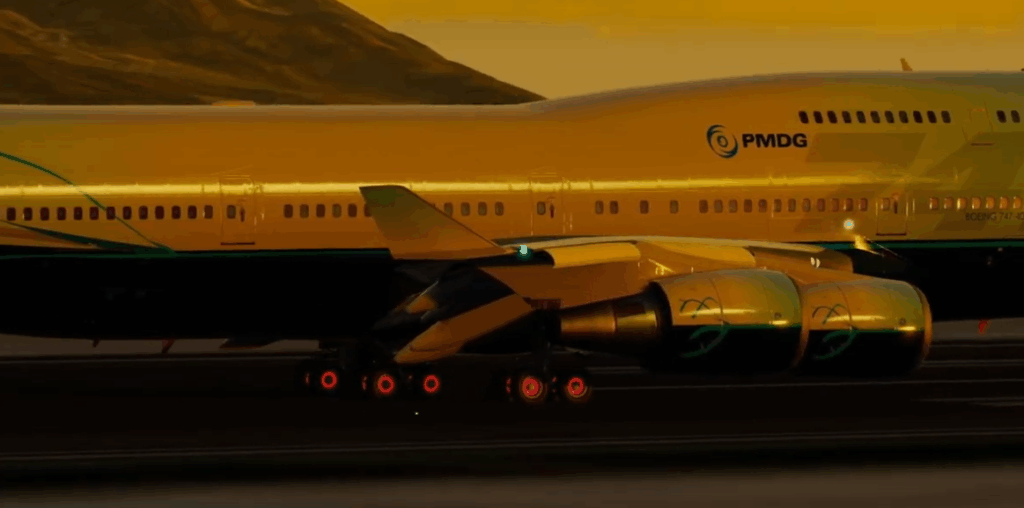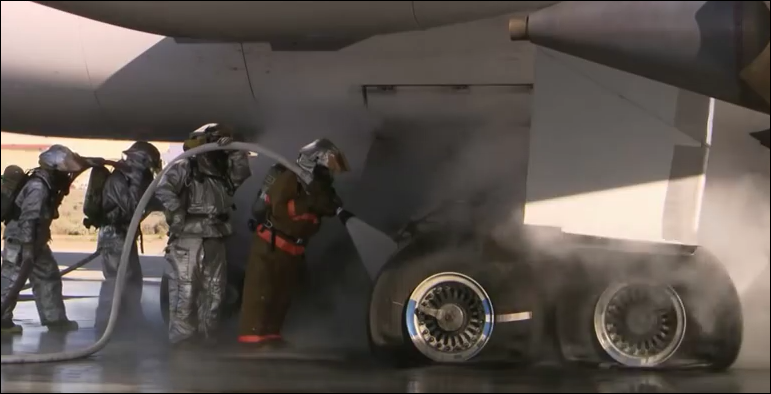
Understanding Brake Temperature Limits in Aviation: A Safety Imperative
- Critical Role of Brakes During Takeoff:
Aircraft brakes must be sufficiently cool to handle a potential Rejected Takeoff (RTO). If an emergency occurs (e.g., engine failure), overheated brakes could fail to stop the aircraft, leading to catastrophic outcomes like tire explosions, brake fade, or fires. - Heat Dynamics and Brake Types:
- Carbon vs. Steel Brakes: Modern carbon brakes tolerate higher temperatures (300°C–500°C) compared to older steel brakes, which cool slower and have lower thresholds.
- Heat Dissipation Challenges: Quick turnarounds risk inadequate cooling, especially in hot climates or after heavy landings. Brakes absorb immense kinetic energy during landing, converting it to heat.
- Monitoring and Management Systems:
- Brake Temperature Monitoring System (BTMS): Provides real-time cockpit readings (e.g., 0–10 scale). Exceeding limits (e.g., Airbus/Boeing’s 3.0 threshold) triggers delays.
- Procedural Safeguards: Pilots adjust landing techniques (using reverse thrust to reduce brake usage) and ground crews employ cooling fans or infrared checks to verify temperatures.

- Consequences of Overheating:
- Brake Fade: Reduced friction efficiency at high temperatures.
- Tire Failures: Heat increases tire pressure, risking explosions.
- Fire Hazard: Extreme heat can ignite wheel well components.
- Operational Protocols:
- Preventive Delays: Airlines prioritize safety over schedules, enforcing mandatory cooldowns.
- Weight and Environmental Factors: Heavier aircraft and high ambient temperatures prolong cooling. Pilots consult charts to adjust limits based on conditions.
- Historical Context:
While rare, incidents like runway overruns underscore the importance of these protocols. Strict adherence has likely prevented numerous potential accidents.
Conclusion:
Brake temperature management exemplifies aviation’s safety-first ethos. Delays due to overheating are not mere inconveniences but vital measures to ensure readiness for worst-case scenarios, safeguarding passengers and crew through rigorous engineering and operational discipline.
Leave a Reply